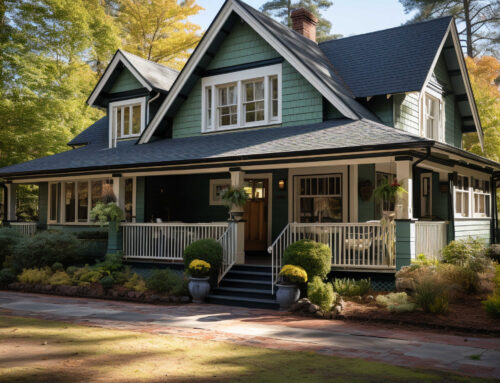San Francisco Real Estate Market Report – October 2021
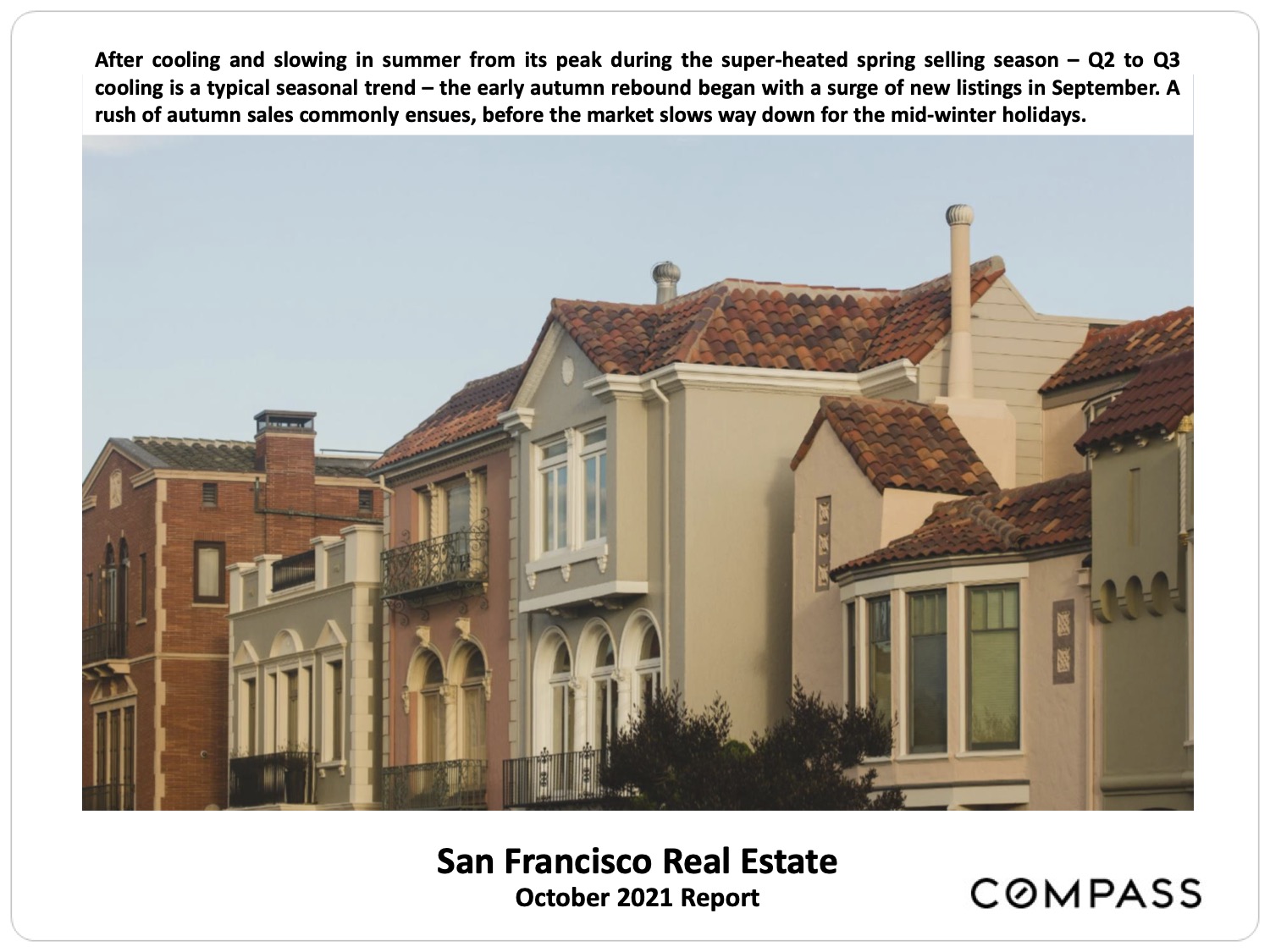
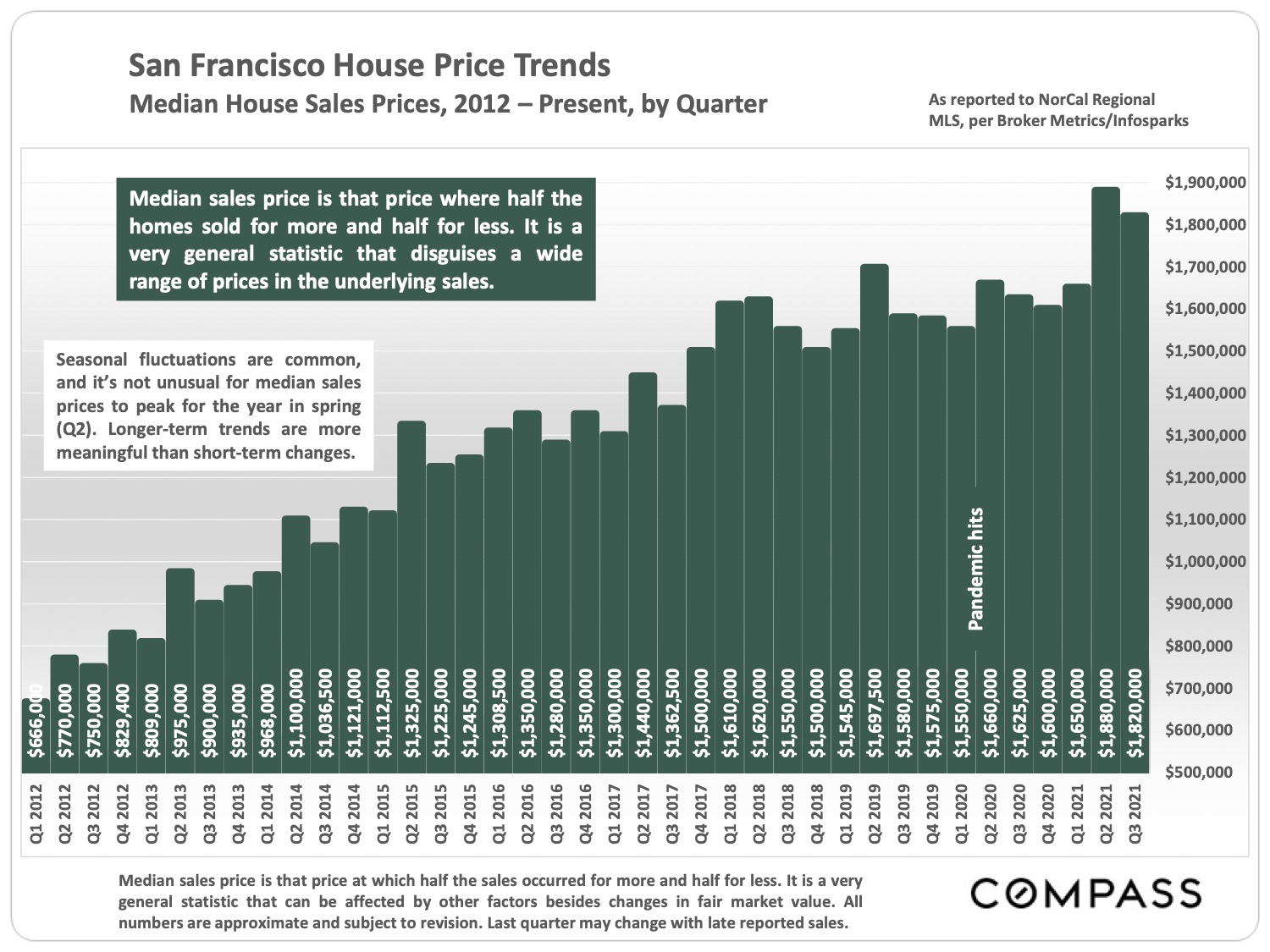
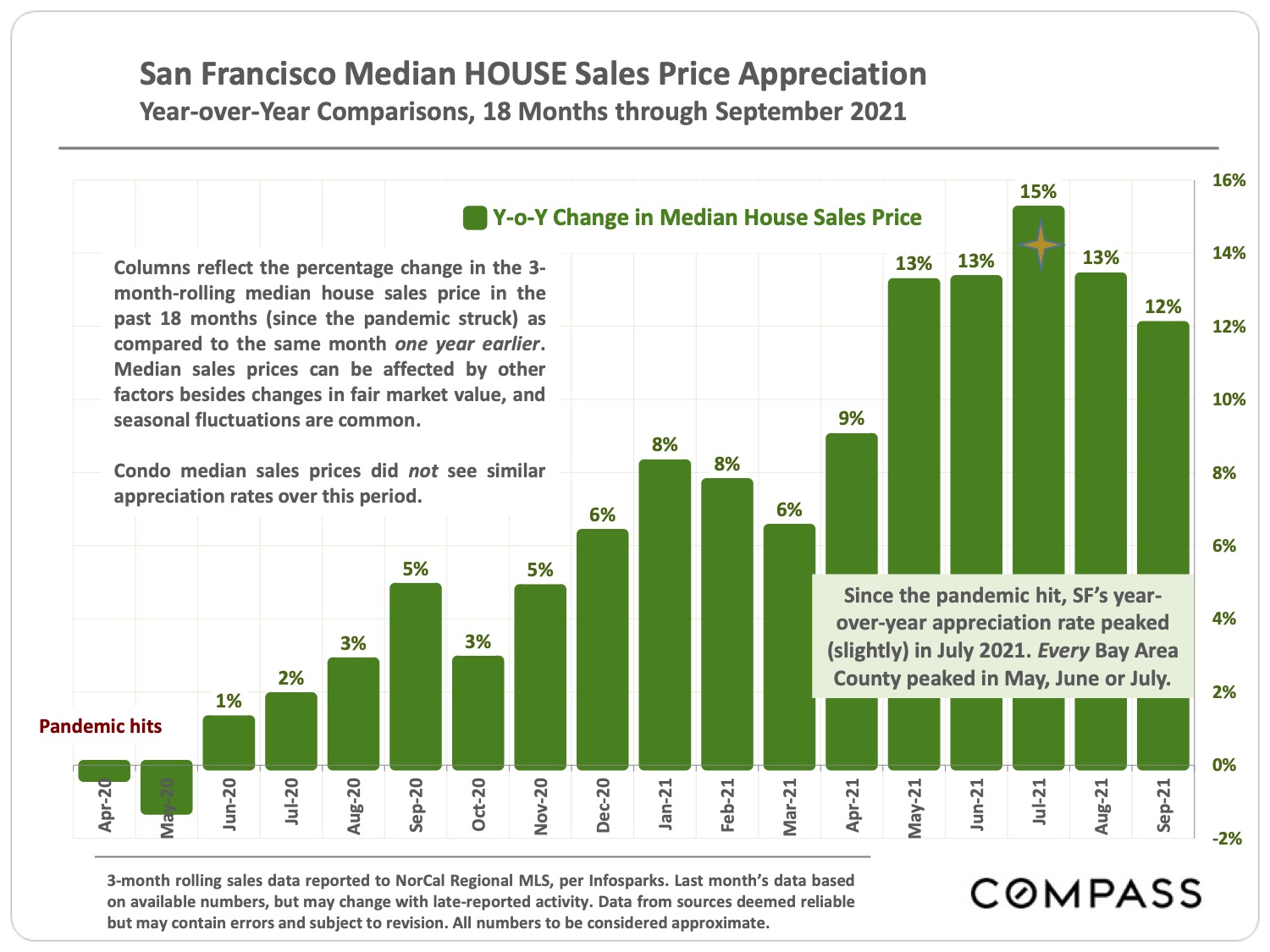
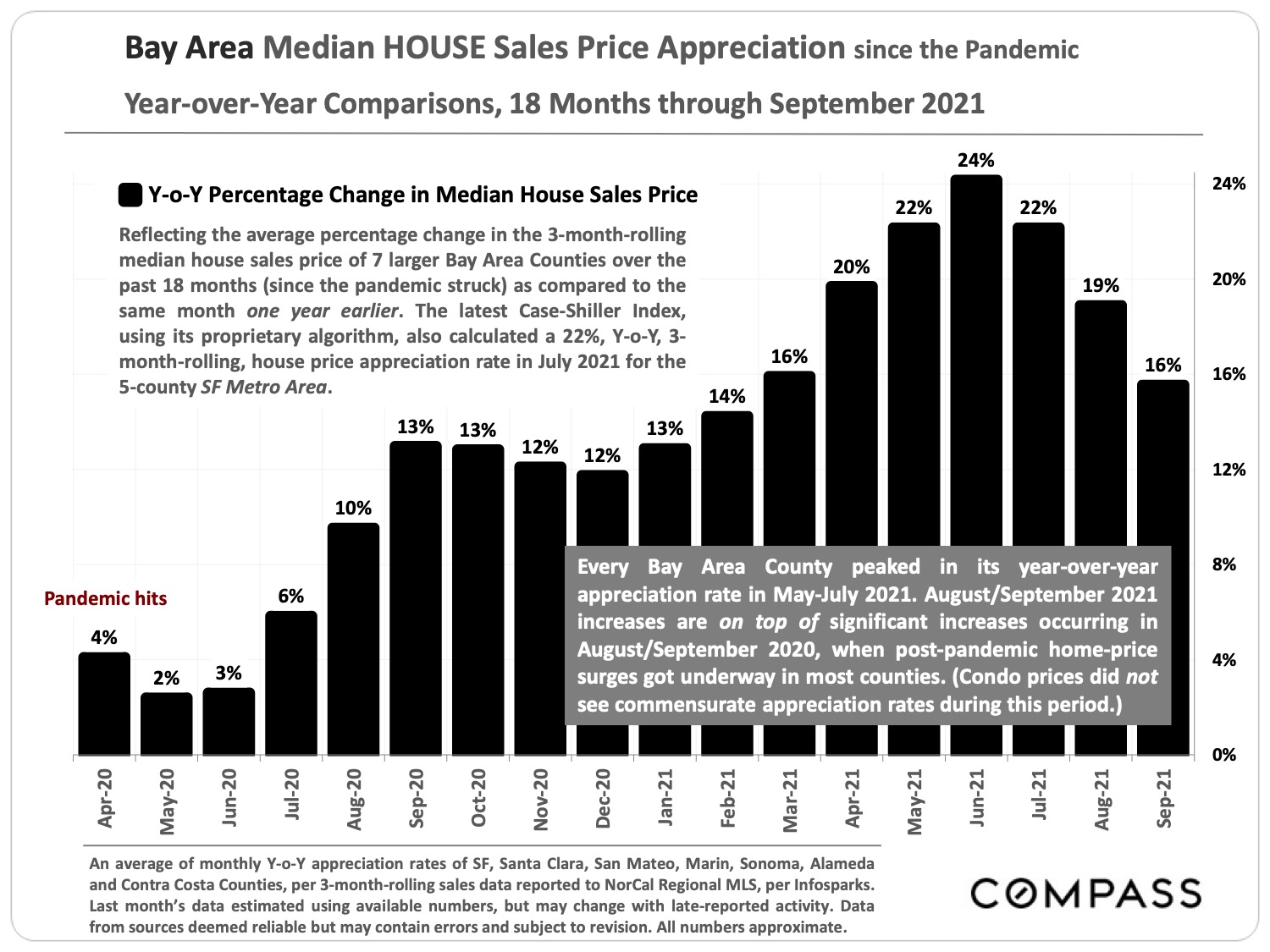
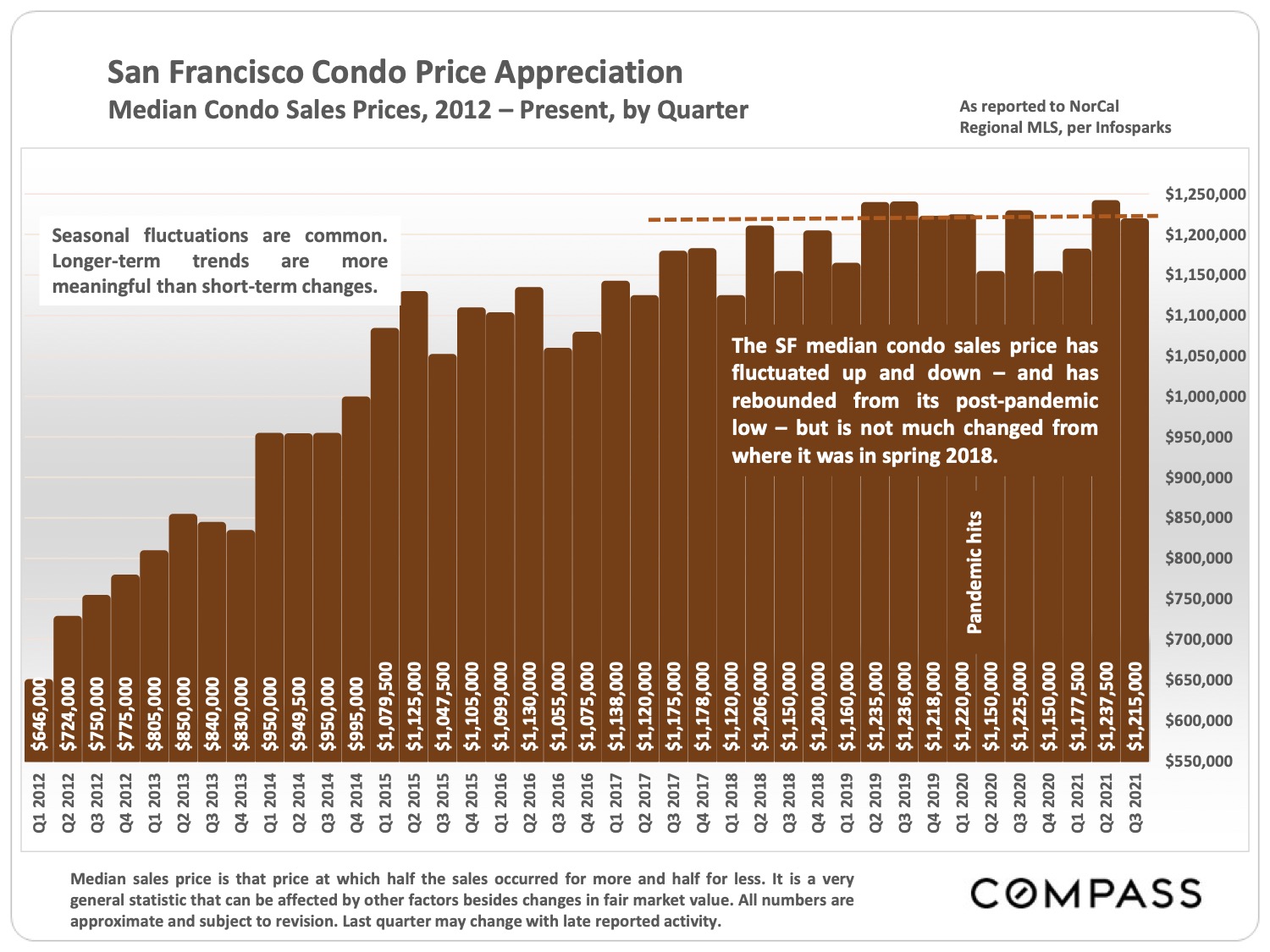
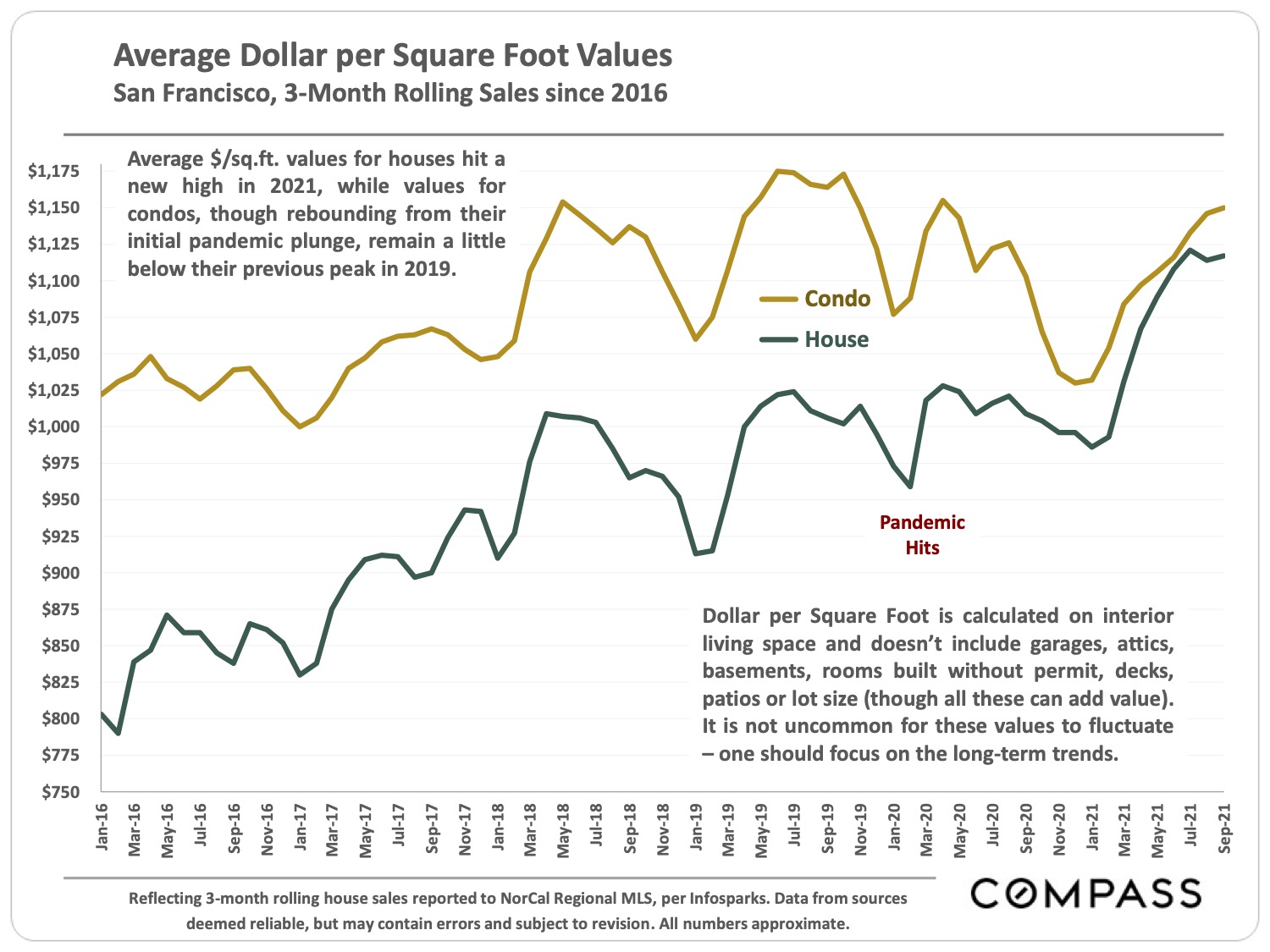
The following 2 tables break out a variety of standard market statistics by property type, and by neighborhood or Realtor district, for sales occurring in the past 6 months.
Median sales price is that price at which half the sales occurred for more and half for less. It is a very general statistic, subject to fluctuations unrelated to fair market value, and usually disguises a wide range of prices in the underlying home sales. Sales closing in one month mostly reflect offers accepted in the previous month.
Dollar per square foot values are based upon the home’s interior living space and does not include garages, storage rooms, unfinished attics and basements, rooms built without permit, patios, decks or lot size (though all these can certainly add value to a home). Generally speaking, all things being equal (which is not often the case), a smaller home will sell for a higher dollar per square foot value. In San Francisco, some listings do not report square footage and are not reflected in the median $/sq.ft. and home size numbers.
Sales price to list price percentages (SP/LP %) in these analyses are based on those sales which went into contract within 30 days. Over 100% indicates on-average overbidding of list price. Overbidding is caused by 2 major factors: buyers competing for listings, and strategic underpricing by sellers and listing agents (to induce bidding wars). It is not unusual for the most expensive neighborhoods – as well as the city’s condo markets – to see lower SP/LP percentages (and higher days on market figures), though this is not always the case.
Seasonality plays a significant role in supply and demand, median values, and luxury home sales, all of which commonly ebb and flow according to selling season – however, seasonality was upended in 2020 by the pandemic.
Districts, even neighborhoods typically contain submarkets of significantly varying values.
Summary: Generally speaking, the house markets of San Francisco continue to be characterized by extremely high demand. Condo markets, though rebounding strongly from mid-2020 lows, have seen somewhat softer dynamics, with large variations between neighborhoods. We have separate reports on the SF residential multi-unit markets.
Statistics are broad generalities, essentially summaries of widely disparate data generated by dozens, hundreds or sometimes thousands of unique, individual sales occurring within a specific time period. How these statistics apply to any particular property is impossible to say without a specific, custom comparative market analysis
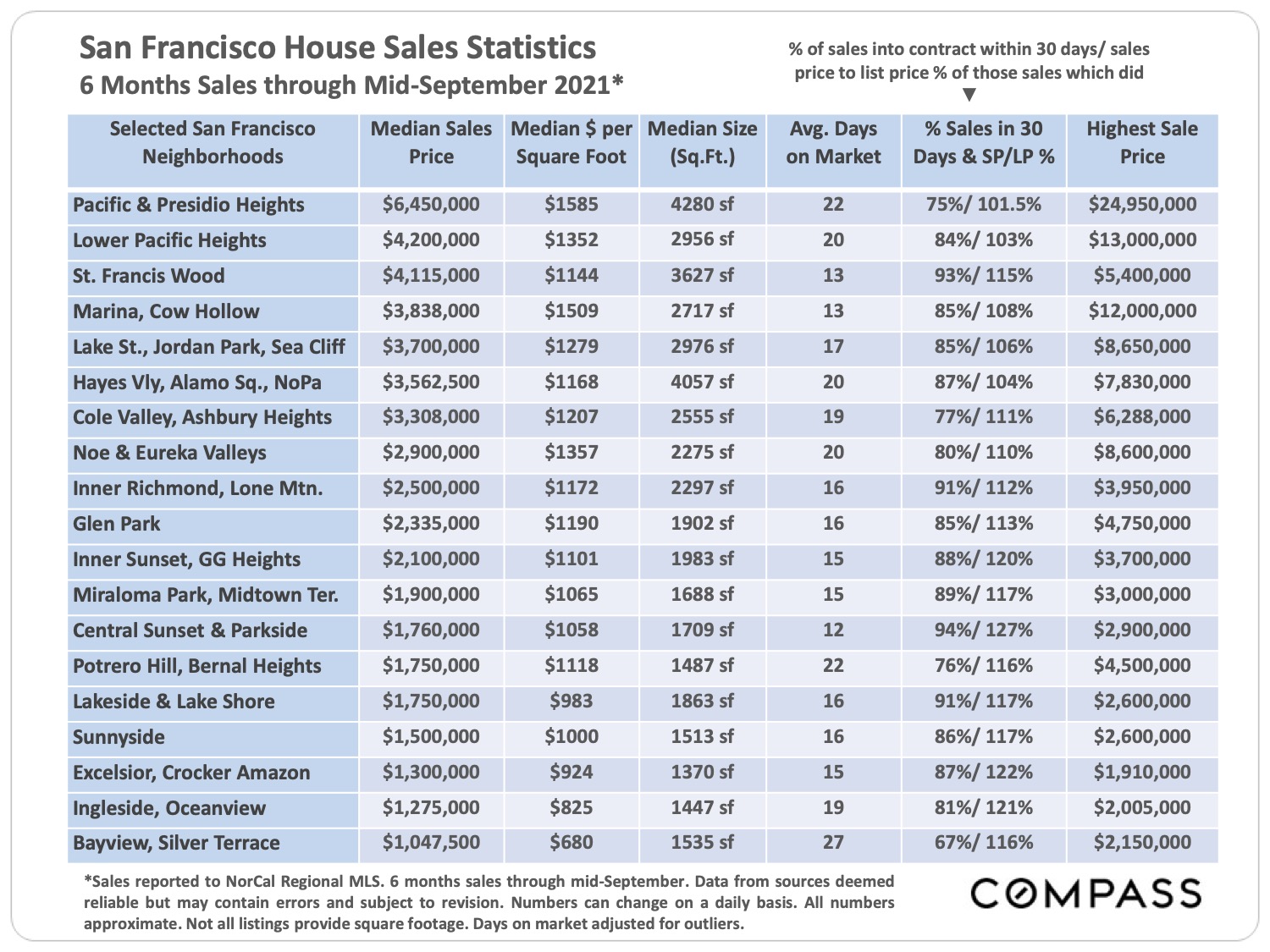



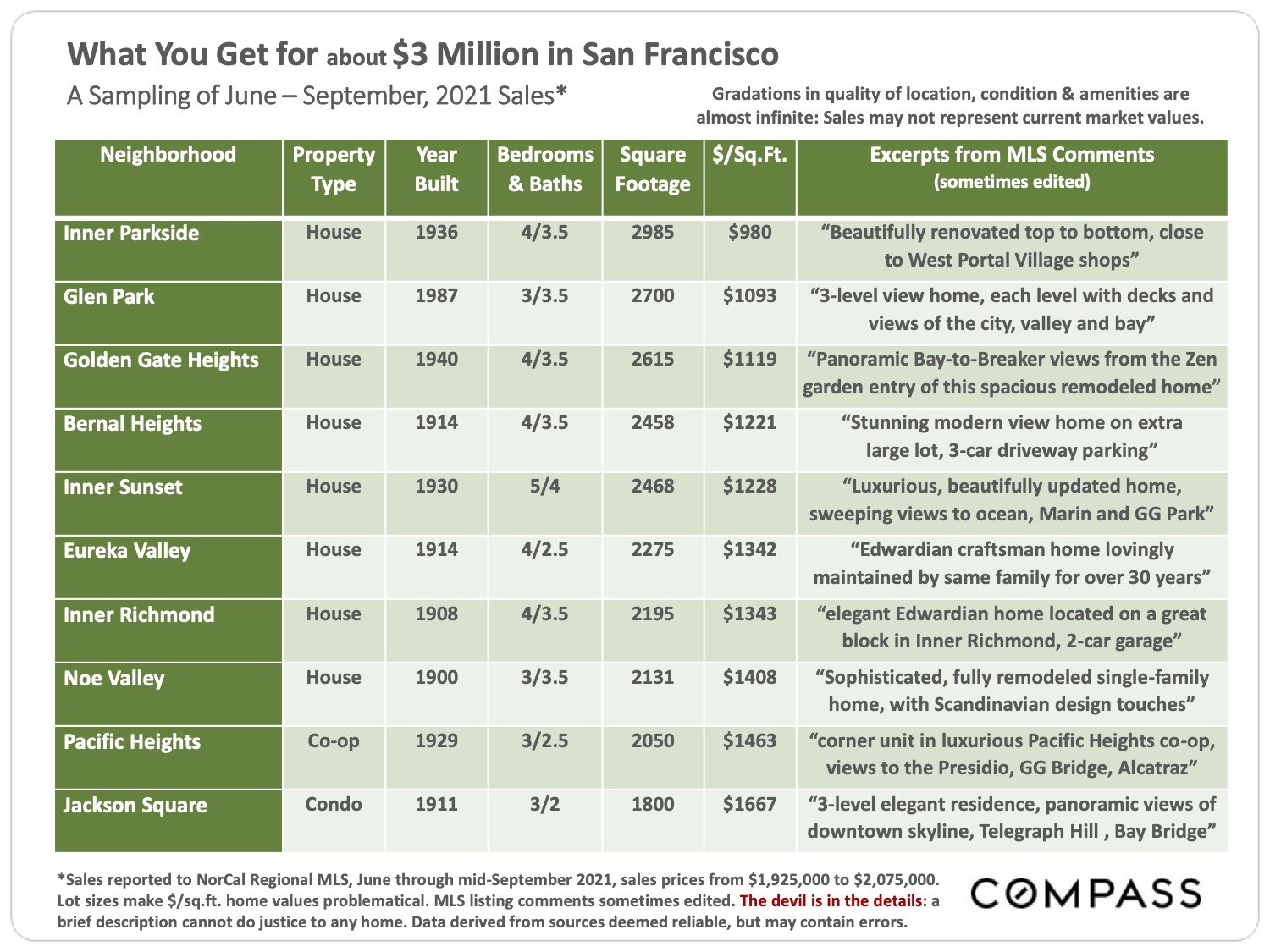

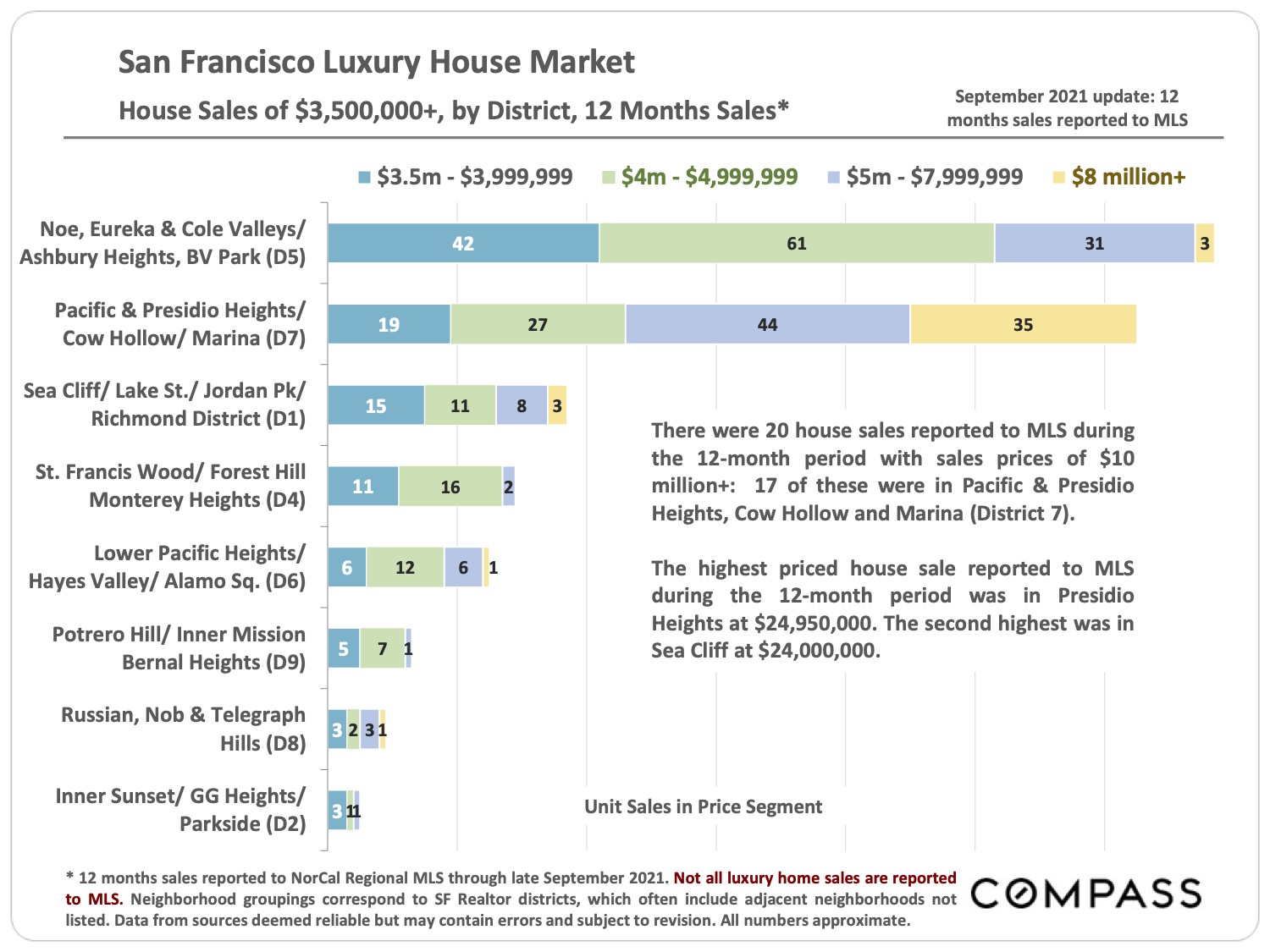

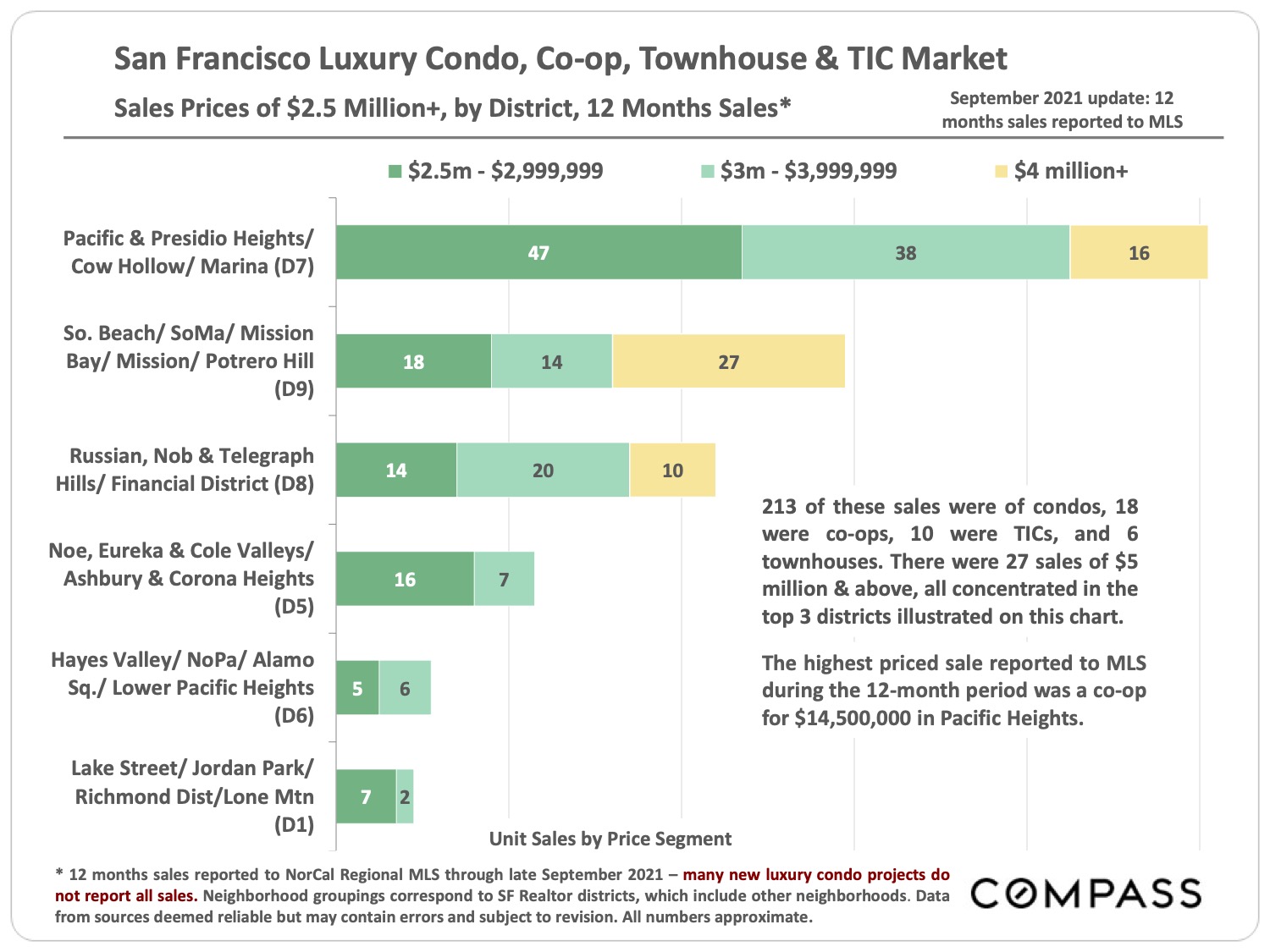

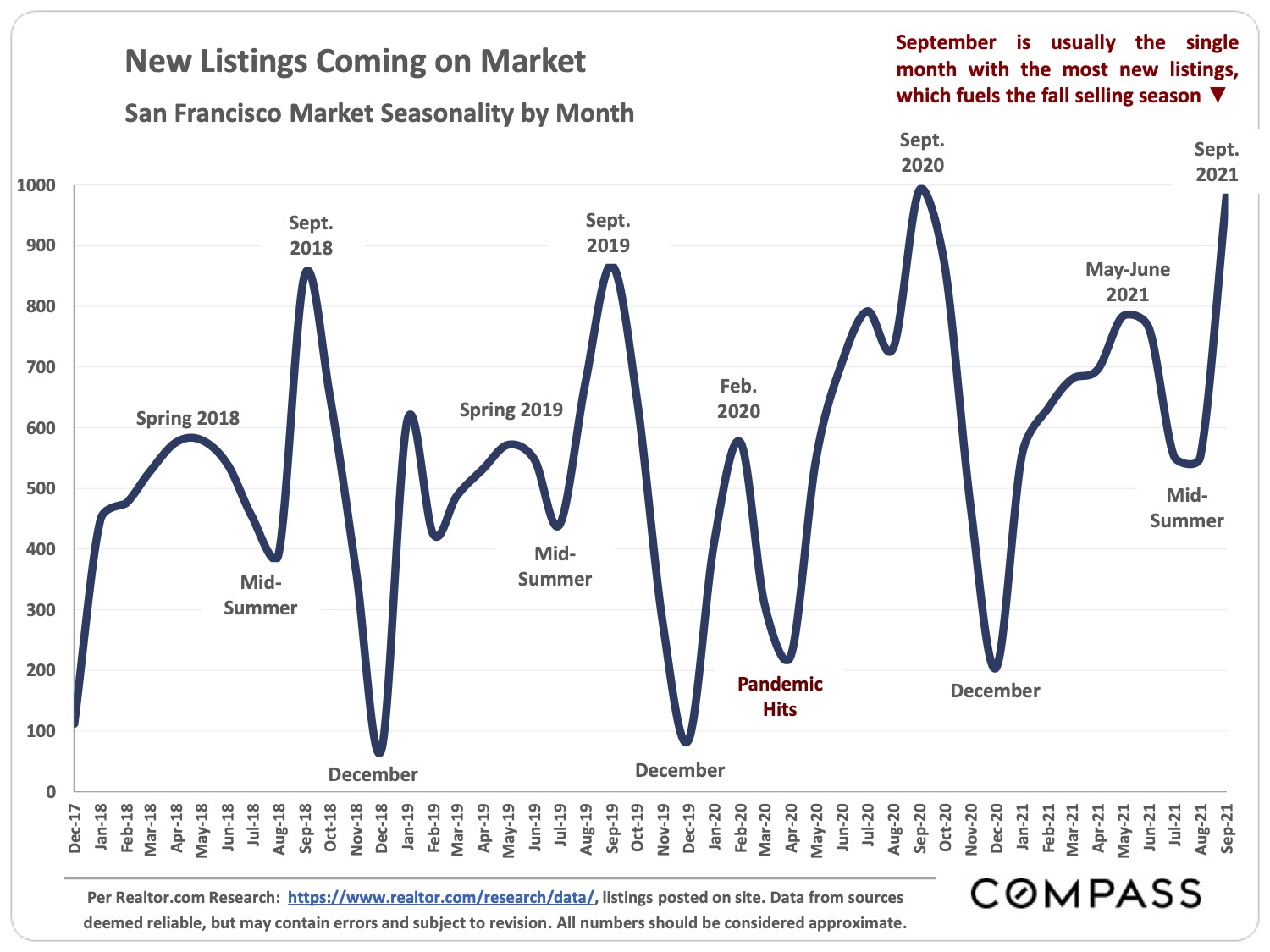

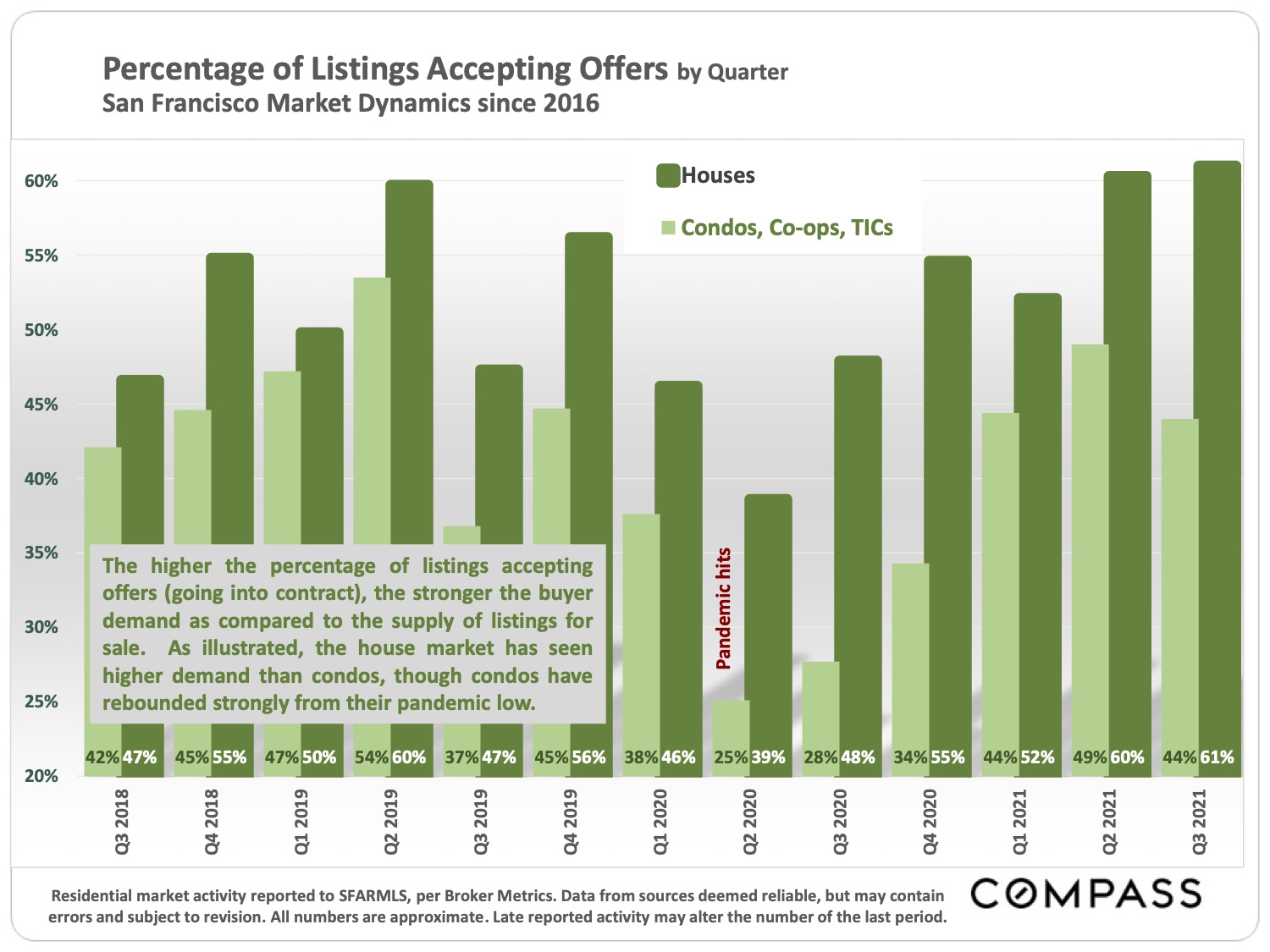

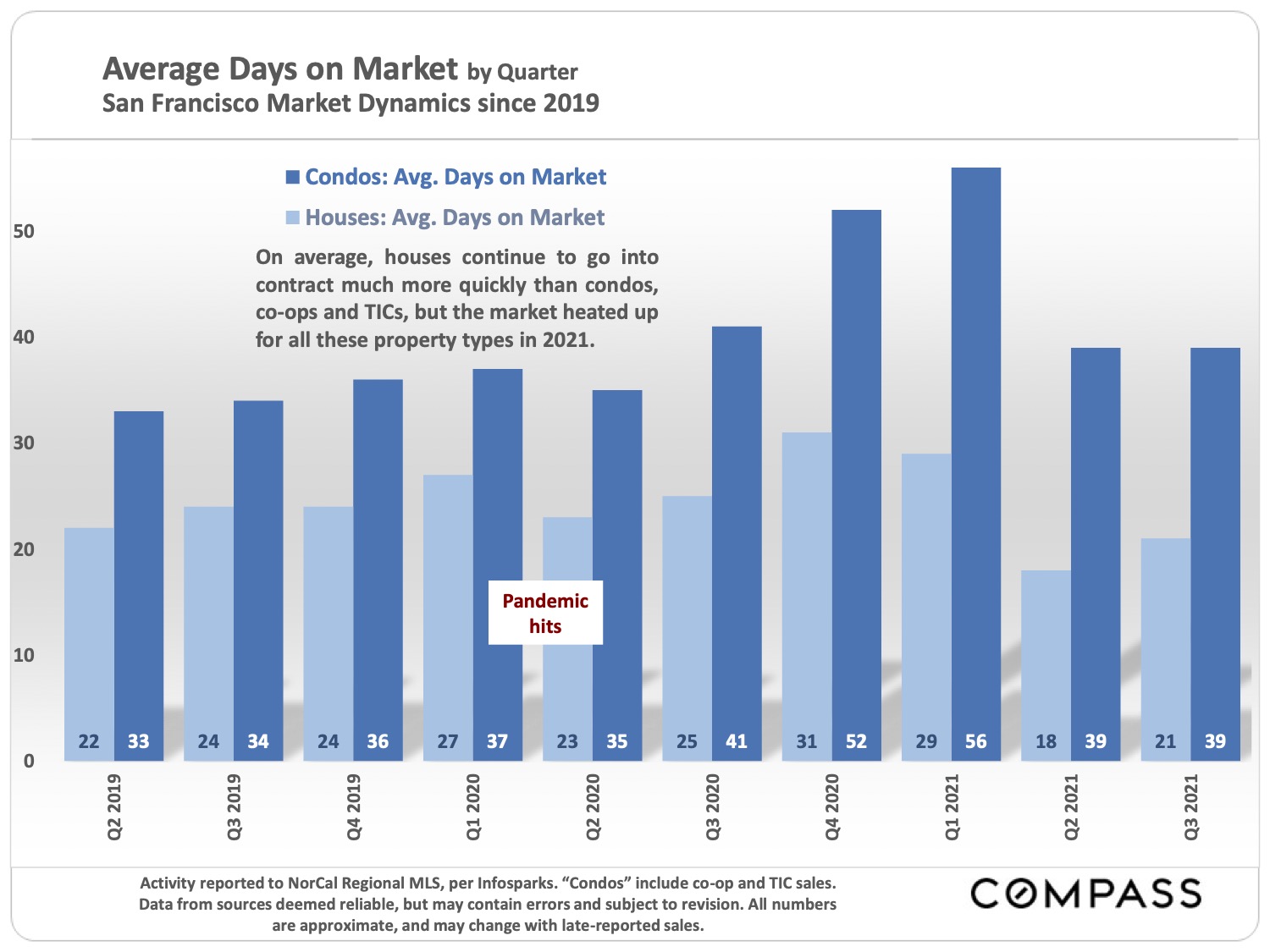

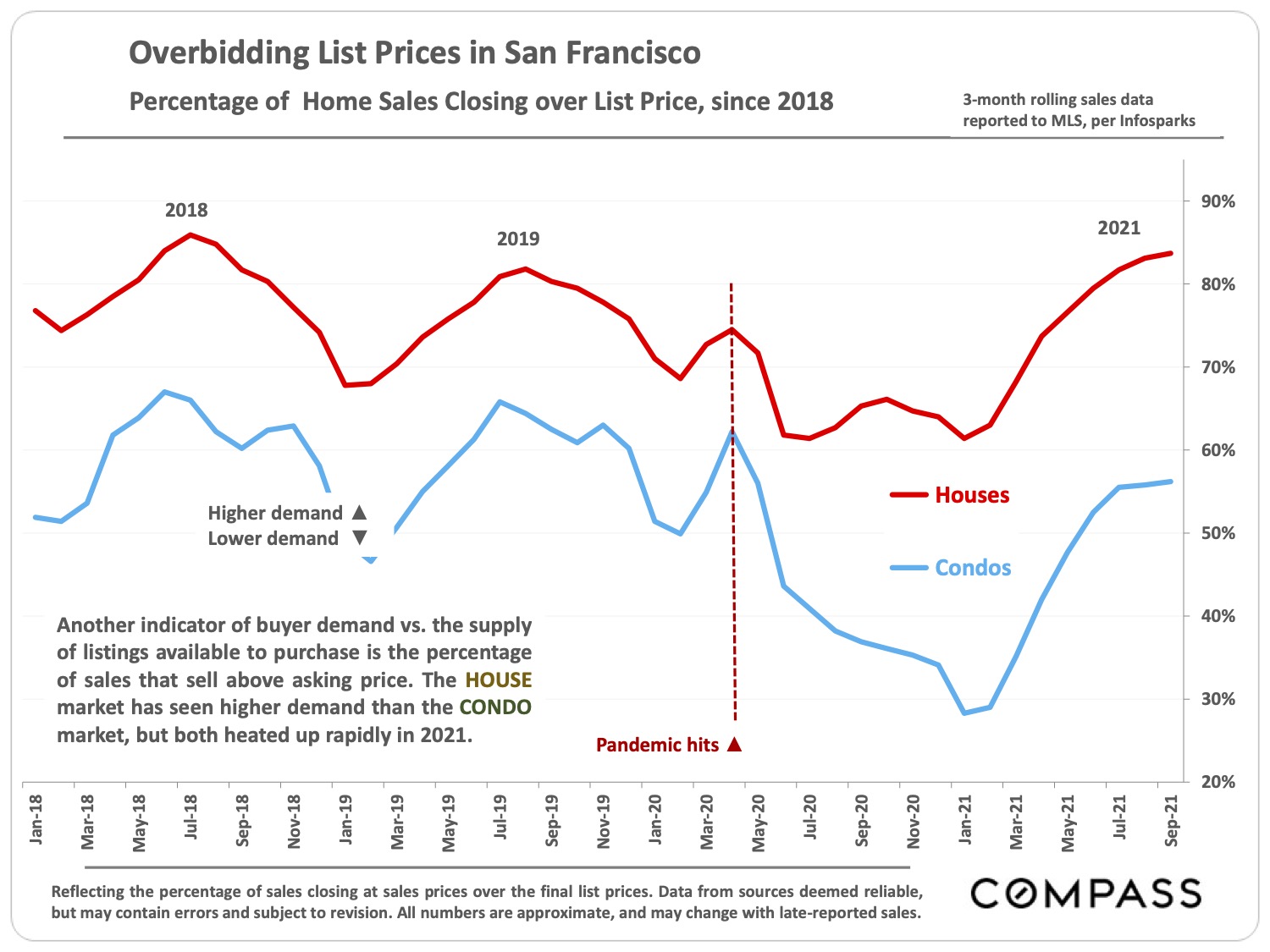

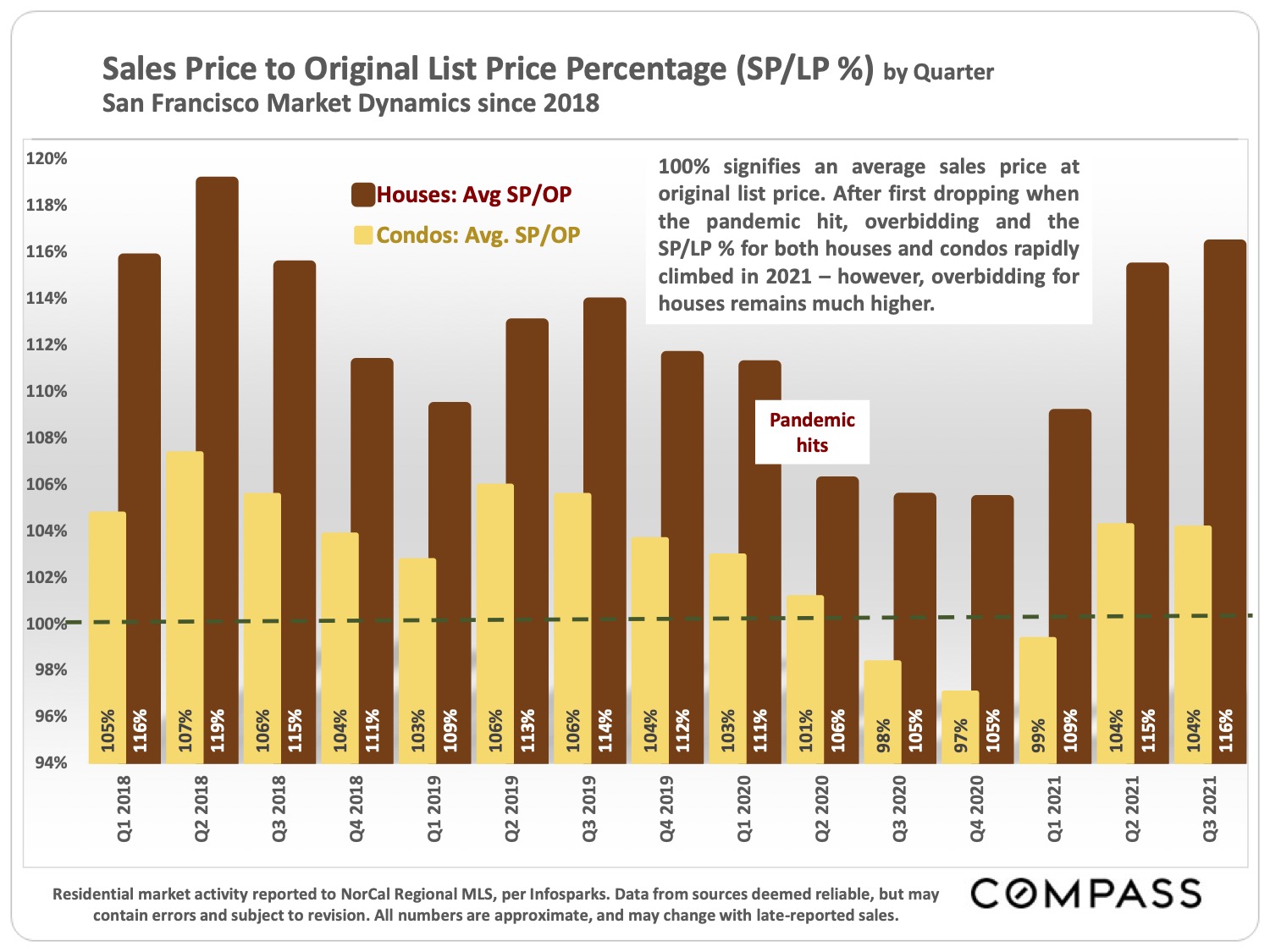

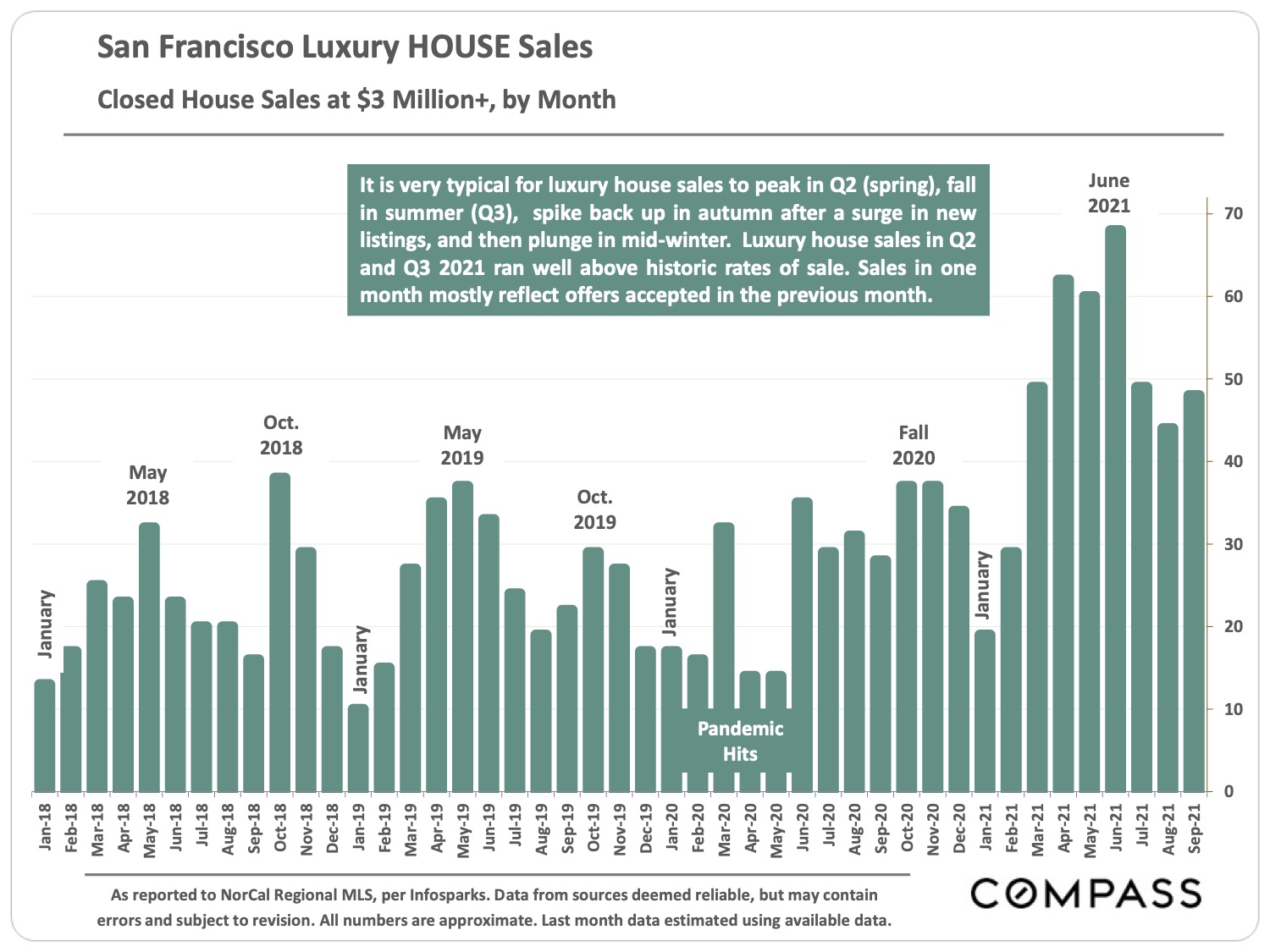

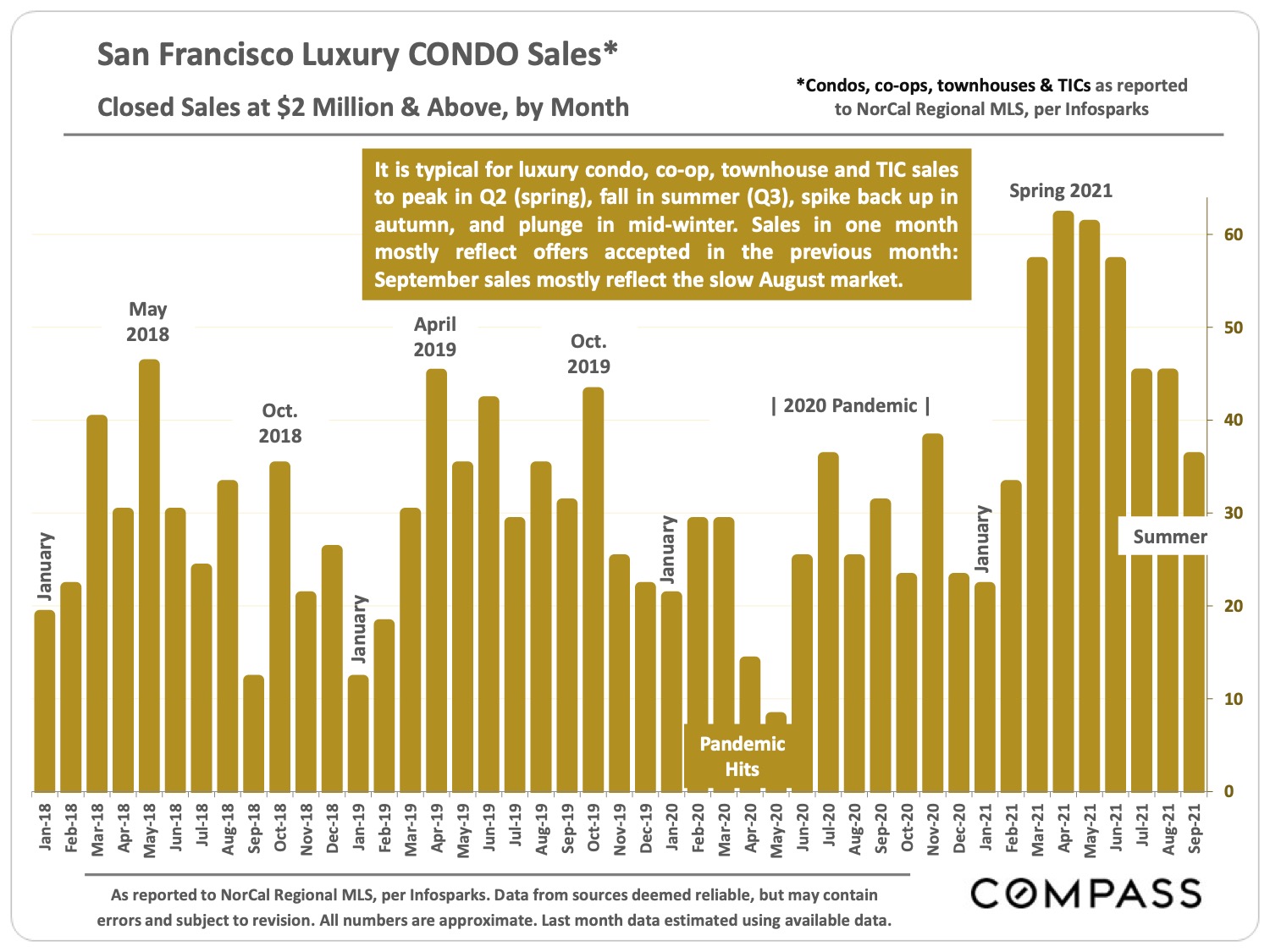

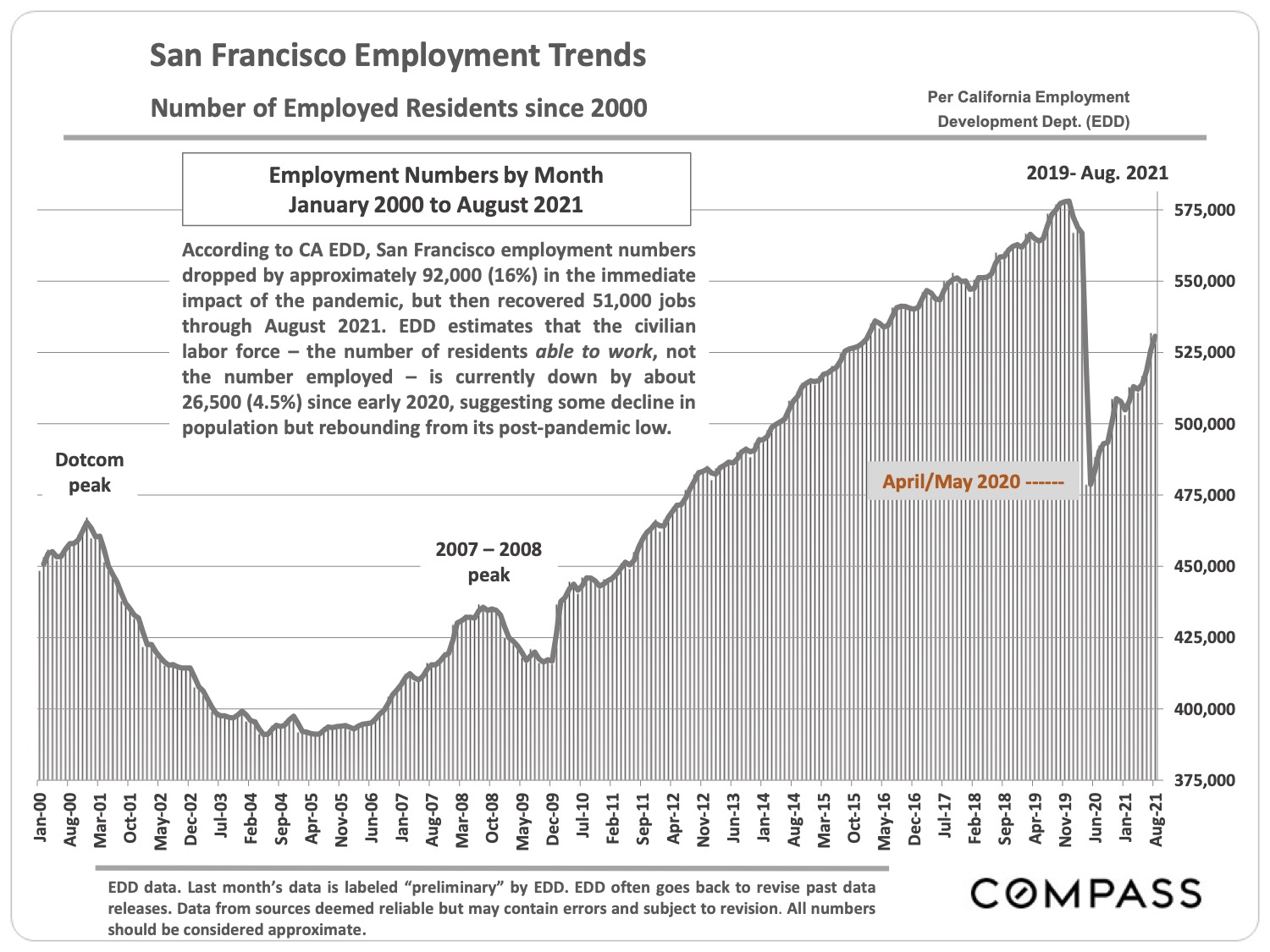

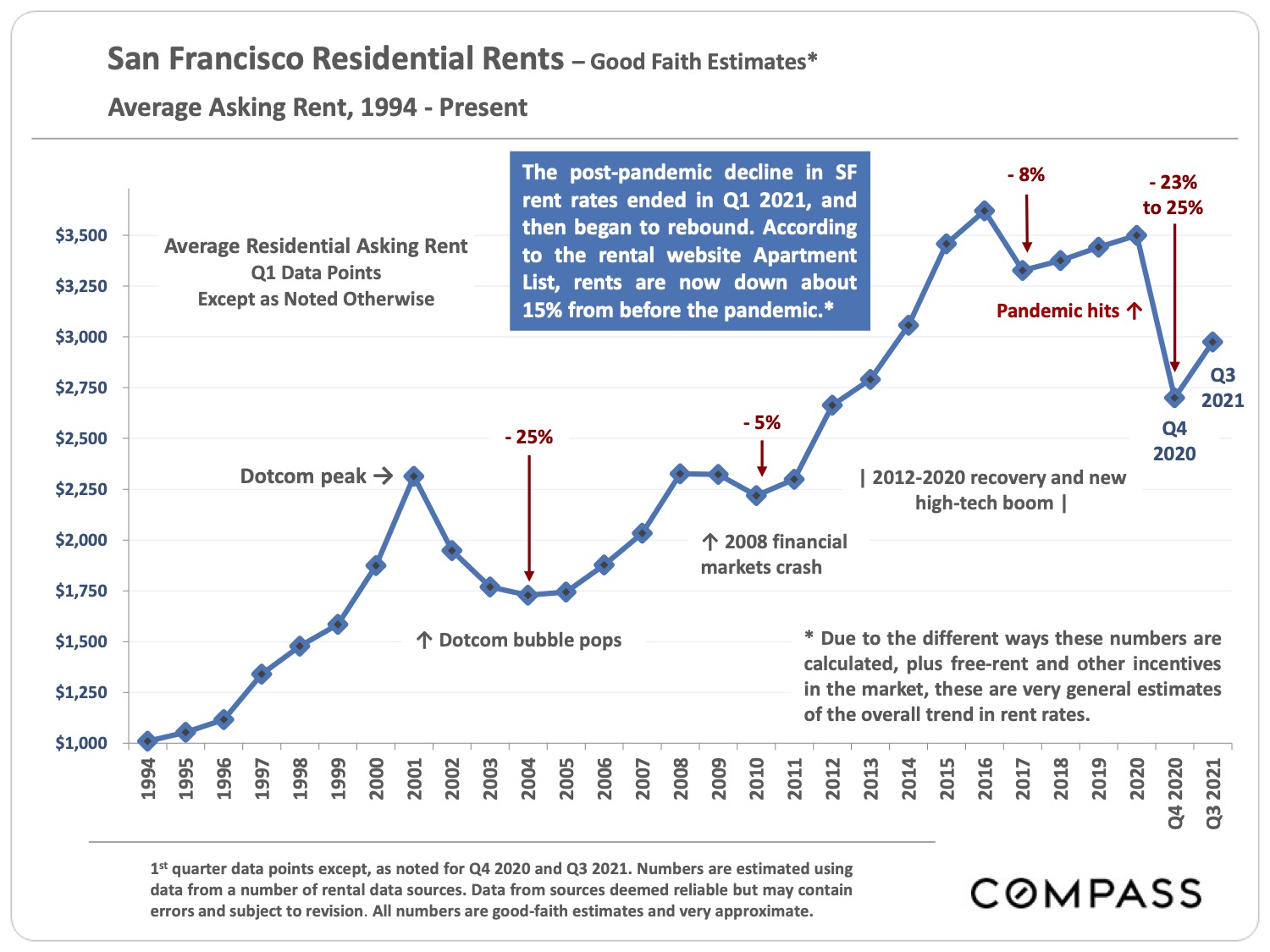

Statistics are generalities, essentially summaries of widely disparate data generated by dozens, hundreds or thousands of unique, individual sales occurring within different time periods. They are best seen not as precise measurements, but as broad, comparative indicators, with reasonable margins of error. Anomalous fluctuations in statistics are not uncommon, especially in smaller, expensive market segments. Last period data should be considered estimates that may change with late-reported data. Different analytics programs sometimes define statistics – such as “active listings,” “days on market,” and “months supply of inventory” – differently: what is most meaningful are not specific calculations but the trends they illustrate. Most listing and sales data derives from the local or regional multi-listing service (MLS) of the area specified in the analysis, but not all listings or sales are reported to MLS and these won’t be reflected in the data. “Homes” signifies real-property, single-household housing units: houses, condos, co-ops, townhouses, duets and TICs (but not mobile homes), as applicable to each market. City/town names refer specifically to the named cities and towns, unless otherwise delineated. Multi-county metro areas will be specified as such. Data from sources deemed reliable, but may contain errors and subject to revision. All numbers to be considered approximate.
Many aspects of value cannot be adequately reflected in median and average statistics: curb appeal, age, condition, amenities, views, lot size, quality of outdoor space, “bonus” rooms, additional parking, quality of location within the neighborhood, and so on. How any of these statistics apply to any particular home is unknown without a specific comparative market analysis.
Median Sales Price is that price at which half the properties sold for more and half for less. It may be affected by seasonality, “unusual” events, or changes in inventory and buying trends, as well as by changes in fair market value. The median sales price for an area will often conceal an enormous variety of sales prices in the underlying individual sales.
Dollar per Square Foot is based upon the home’s interior living space and does not include garages, unfinished attics and basements, rooms built without permit, patios, decks or yards (though all those can add value to a home). These figures are usually derived from appraisals or tax records, but are sometimes unreliable (especially for older homes) or unreported altogether. The calculation can only be made on those home sales that reported square footage.
Compass is a real estate broker licensed by the State of California, DRE 01527235. Equal Housing Opportunity. This report has been prepared solely for information purposes. The information herein is based on or derived from information generally available to the public and/or from sources believed to be reliable. No representation or warranty can be given with respect to the accuracy or completeness of the information. Compass disclaims any and all liability relating to this report, including without limitation any express or implied representations or warranties for statements contained in, and omissions from, the report. Nothing contained herein is intended to be or should be read as any regulatory, legal, tax, accounting or other advice and Compass does not provide such advice. All opinions are subject to change without notice. Compass makes no representation regarding the accuracy of any statements regarding any references to the laws, statutes or regulations of any state are those of the author(s). Past performance is no guarantee of future results.



